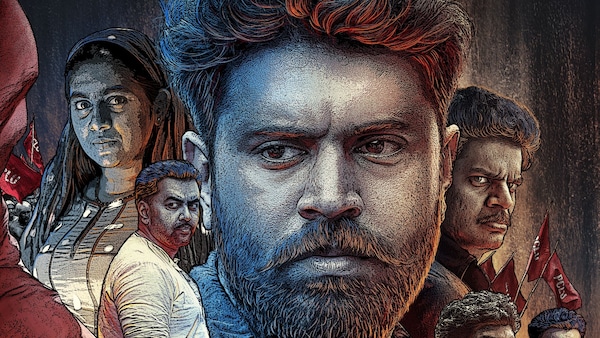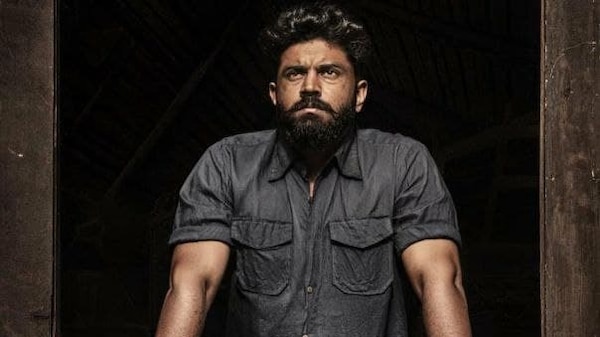Thuramukham serves as a reminder of the proletariat's power and Mattancherry’s history: Rajeev Ravi | Exclusive
Thuramukham director Rajeev Ravi talks about the reason for making the movie, starring Nivin Pauly, Nimisha Sajayan and Indrajith Sukumaran

Last Updated: 05.30 PM, Mar 07, 2023
After a delay of almost three years and multiple release date postponements, director Rajeev Ravi’s period film Thuramukham is finally set to hit theatres on March 10. The filmmaker calls the experience of making the film and waiting for its release both “draining” and “adventurous”, in this exclusive interview with OTTplay.
Thuramukham, which is scripted by Gopan Chidambaram, is set against the backdrop of Cochin port in the 1930s to 1950s and stars Nivin Pauly, Joju George, Indrajith Sukumaran, Nimisha Sajayan, Darshana Rajendran, Arjun Ashokan, Sudev Nair and Poornima Indrajith in pivotal roles. In a candid, the filmmaker talks about what attracted him to the story, the challenges of making the film and more.

Thuramukham revolves around the strike organised by the Communist Party in 1953 and the consequent firing by the authorities. What prompted you to pick that up for your period film that spans from 1930s to 1953?
One reason is that it’s a forgotten incident in our history. It was a spontaneous proletarian movement. I didn’t know about the protest till I had watched director John Abraham’s Amma Ariyan. Before that no one had mentioned it too much. During the 1953 protests, parties were prohibited and it was the Communist Party that hadn’t split into CPI and CPI (M). Now, both parties memorialise the martyrdom.
Also, the film looks at the history of Mattancherry, its people and proletarian force. All of that is interesting. In these times, there’s a tendency to marginalise that community. So, it’s important to tell the history of the people there. About 25% of the people there are those who were evicted from Malappuram. We need to trace all of that because we need to understand what happened to move forward; else we keep on repeating history.
When we had staged the play Thuramukham along with Uru Art Harbour in 2018 in Kochi, the kind of response that we got was unanimous. When those from Mattancherry understood that it would be impossible for everyone in the large crowd to witness the play, they welcomed others to watch it because they wanted them to know about their history as they were proud of it. So, it’s a collective memory and I just wanted to reawaken that.
Then, of course, I wanted to show what a proletarian force is. When I used to study, I knew the power of the labour force. It’s not being used the way it has to, now. They don’t take stands; they aren't spontaneous movements now. It’s all organised. So, this movie is a reminder of the might of the proletariat.
The chappa system that was followed back then is also a key element in Thuramukham. How brutal was that practice?
It was akin to slave trade. I think it’s still practised under the guise of white collar jobs, but poor people have always been treated with disdain; they had to fight like dogs in mud for work.

Be it Kammattipaadam or Thuramukham, your films have traced the history of the land and also sought to make people aware of their roots – no matter how unsettling they are. Do you look at your films as reminders?
Reminders, yes, but my movies are also for documentation purposes. When you look at port cities – be it Kochi or Miami, we have a similar pattern of growth. So, this story might resonate with people who live in other port cities too. If you look at the American cities, they will have a similar mapping of growth. Similarly, if you look at any city in India, you would see the similarity in their progress.
Compared to your previous movies, Thuramukham must have been a massive undertaking as a filmmaker because of its cast and also the era in which the story is set in. What were the challenges?
It’s mounted on a big scale. Every day we used to have a minimum of 100 people on the sets. Also, the heat, the delay of three years – if you take all of that in account, Thuramukham has drained me out. It was also a film that required planning. It’s different from my previous as it’s a drama that involved huge crowds and was set against a varied landscape. It was an adventurous trip.

